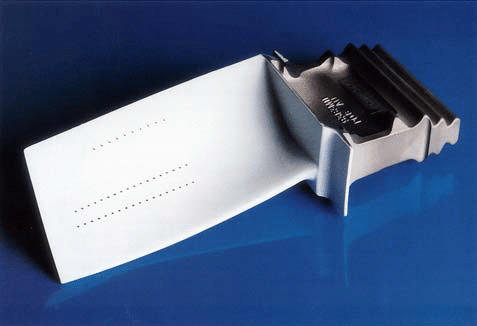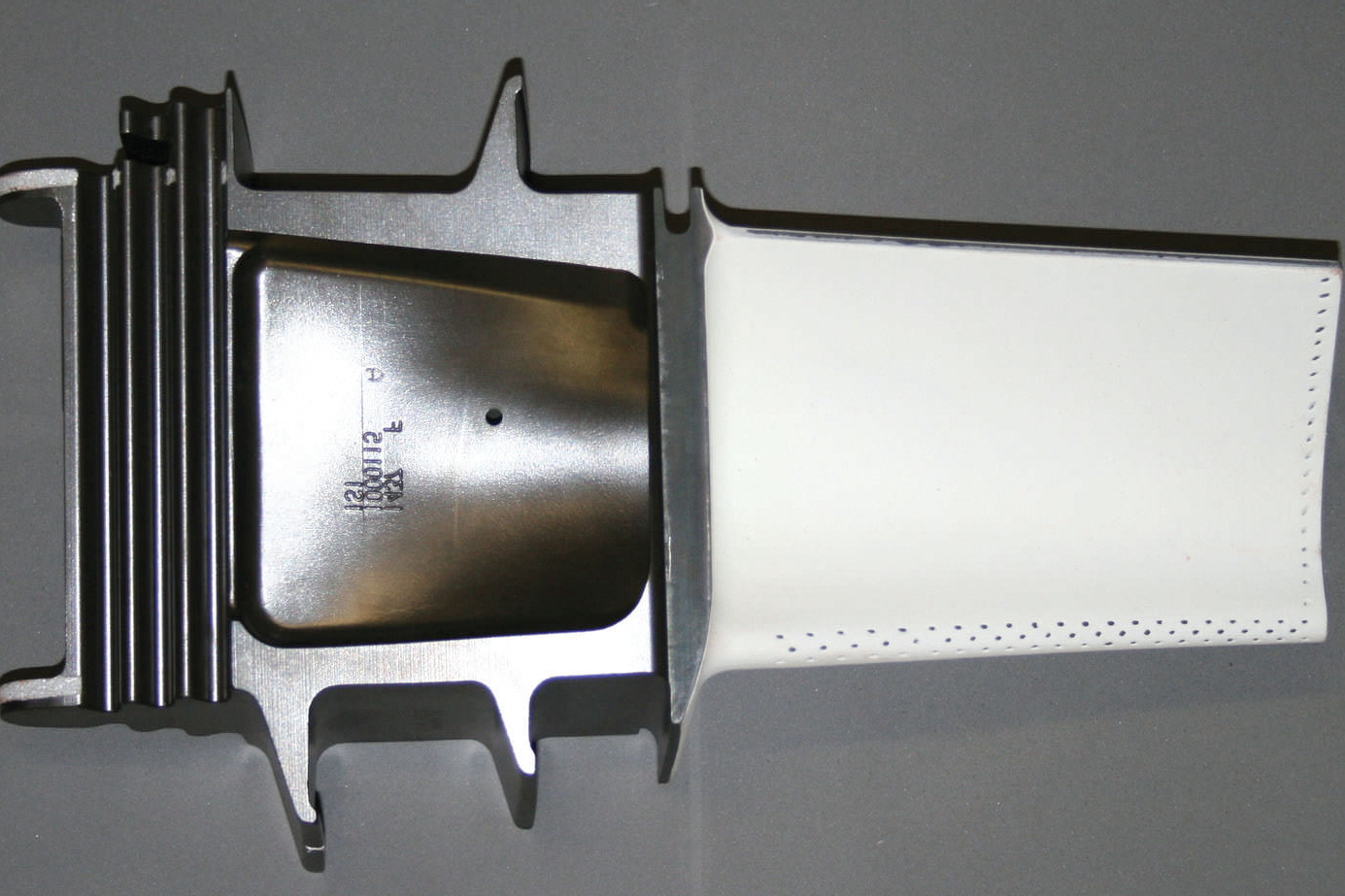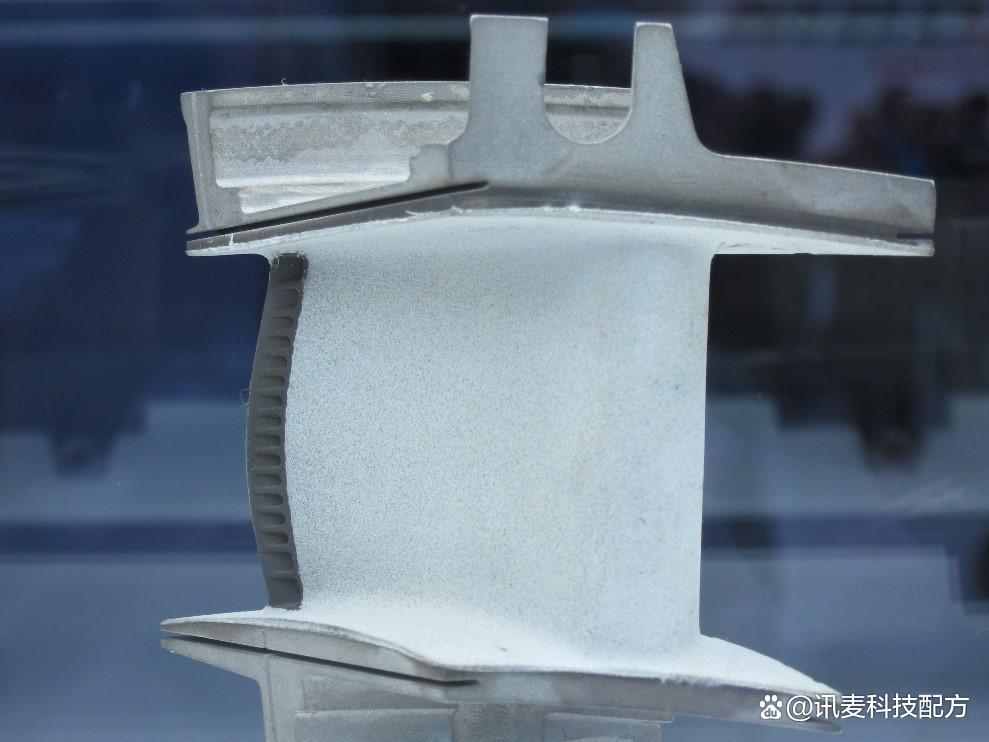What industries benefit most from TBC coatings?
What Industries Benefit Most from TBC Coatings?
Aerospace and Aviation
The aerospace industry gains the most from Thermal Barrier Coatings (TBCs) due to the extreme heat conditions in gas turbines, jet engines, and exhaust systems. Components like turbine blades, combustor liners, and afterburner nozzles—often manufactured using Superalloy 3D Printing—are exposed to temperatures exceeding 1000°C. TBCs help extend their service life by reducing thermal fatigue, preventing oxidation, and improving engine efficiency.
Energy and Power Generation
In energy and power systems, TBCs protect steam turbine components, gas combustors, and heat exchanger manifolds from high thermal gradients and oxidation. Parts produced via Titanium 3D Printing and Carbon Steel 3D Printing benefit from TBCs by maintaining dimensional stability and corrosion resistance under prolonged high-temperature service.
Automotive and Motorsports
The automotive and motorsport industries apply TBCs to turbocharger housings, pistons, and exhaust manifolds to withstand extreme combustion temperatures. TBCs reduce heat transfer, which improves engine performance, protects adjacent systems, and increases part lifespan. Components fabricated through Tool Steel 3D Printing benefit from higher fatigue resistance after coating.
Defense and Hypersonics
TBCs are essential in defense applications such as missile housings, reentry vehicle shields, and thruster nozzles. These components, often produced with Ceramic 3D Printing, must endure thermal shock and transient aerodynamic heating at speeds exceeding Mach 5. TBCs prevent delamination and cracking under these extreme conditions, enabling system reliability during high-speed operations.
Recommended Services for Industry-Specific TBC Application
Neway delivers integrated solutions that combine advanced additive manufacturing with high-performance thermal coatings:
Industry-Targeted 3D Printing Capabilities:
Superalloy 3D Printing: For aerospace and turbine parts exposed to thermal fatigue.
Titanium 3D Printing: For structural components in energy and motorsports.
Ceramic 3D Printing: For thermal protection systems in defense and hypersonic vehicles.
Thermal and Structural Enhancements:
Thermal Barrier Coatings (TBC): For high-temperature insulation and surface stability.
Heat Treatment: For strengthening mechanical properties pre-coating.
Hot Isostatic Pressing (HIP): Eliminates porosity to enhance thermal and fatigue resistance.



